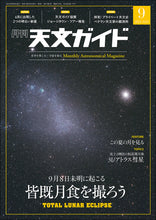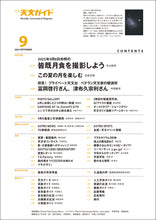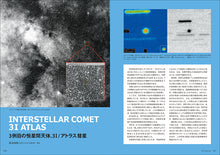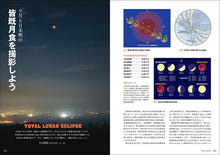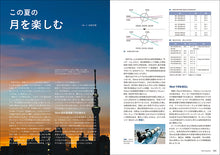
■ Total lunar eclipse on September 8th
On September 8, 2025, a total lunar eclipse will be visible across Japan for the first time in about three years since November 8, 2022. The full moon rose in the eastern sky on September 7, and the lunar eclipse will begin at 1:27 AM on the 8th, when the moon begins to wane. The total eclipse will last for approximately 1 hour and 23 minutes, from 2:30 AM to 3:53 AM. The eclipse will then end at 4:57 AM. We will introduce what the spectacular total lunar eclipse will look like, as well as tips for observing and photographing it.
■Enjoy the Moon this Summer Because seeing (atmospheric turbulence) is stable during the summer, it is said to be the ideal season for observing the lunar surface and astronomical objects that require high magnification, such as planets. Here we will introduce and explain some of the recommended lunar terrain sights to see this summer, along with high-resolution images taken by Motomasa Shirao, a leading expert in lunar photography.
■Private Observatory We will introduce the photography system of Munetoshi Tsubuku, centered around a 40cm Schmidt-Cassegrain telescope, housed in an astronomical observation dome 7.5m above ground and 3.5m in diameter, built in the area of a villa. We will also introduce the home observatory of Hiroyuki Tomioka, a member of the Shirakawa Astronomical Observatory who often appears in Akira Fujii's books and is active in meteor observation and occultation observation.
■ The third interstellar object, Comet 3I/ATLAS A celestial body that plunges from the outside into the solar system and then escapes again is called an "interstellar object," and the third such object in history, Comet Atlas (3I/ATLAS), has been discovered. Its diameter is estimated to be about 20km, making it significantly larger than the previous two. We will introduce the circumstances surrounding its discovery.
Released 25/08/05
▼Click here for details about the book▼
Astronomy Guide September 2025 Issue | Seibundo Shinkosha Co., Ltd. (seibundo-shinkosha.net)





